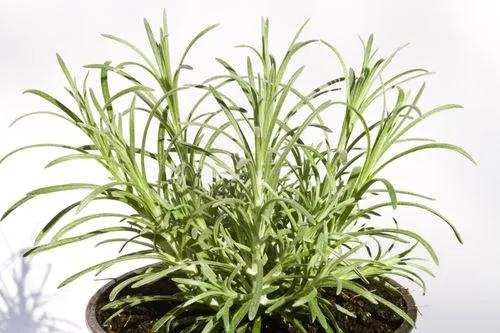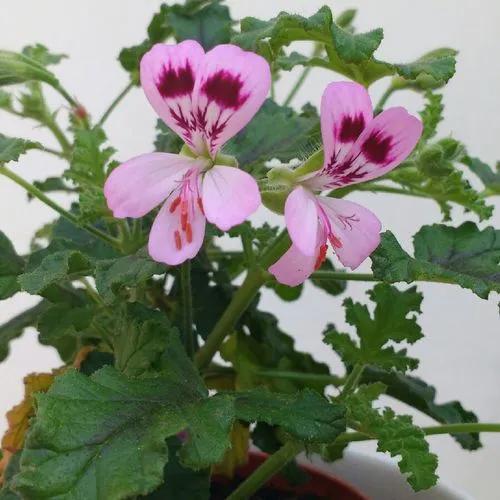Salix purpurea, the purple willow purpleosier willow or purple osier, is a species of willow native to most of Europe and western Asia north to the British Isles, Poland, and the Baltic States.
Purple Willow Care
Salix Purpurea



Salix purpurea, commonly known as purple osier or basket willow, is a dioecious, upright- rounded, multi-branched, deciduous shrub to 9-18’ tall and as wide. It is native to Europe and Northern Africa east to temperate central Asia and Japan. It was introduced into North America as a plant that would help reduce erosion along stream banks and lake shores. It has now naturalized in moist low-ground areas along streams, lakes, fens, swamps, sandy areas and depressions, primarily in southern Canada, the northeastern U.S., and the Great Lakes. Young shoots are initially purplish, but turn light gray to grayish-brown as they age. Narrow, linear to oblanceolate leaves (to 2-4” long but only to 1/3” wide) are lustrous blue-green above and pale green beneath with serrate margins from mid-leaf to tip. Catkins (to 1 1/4” long) appear each year in March to April before the leaves unfold. Each catkin contains tiny flowers in dense clusters. Catkins emerge reddish purple, eventually maturing to dark grayish white. After flowering, the catkins on female shrubs produce small seed capsules which split open when ripe (late spring to early summer) to release seeds. The bark of this shrub is a source of salicin which is a chemical medically used in the treatment of pain in a manner similar to that of aspirin.
How to Care for the Plant

Popularity

537 people already have this plant 87 people have added this plant to their wishlists
Discover more plants with the list below
Popular articles






